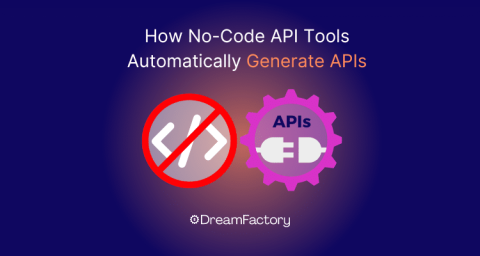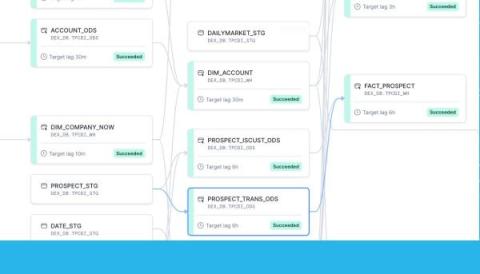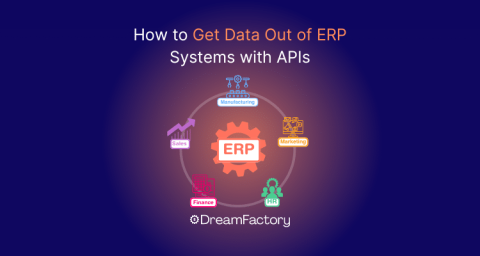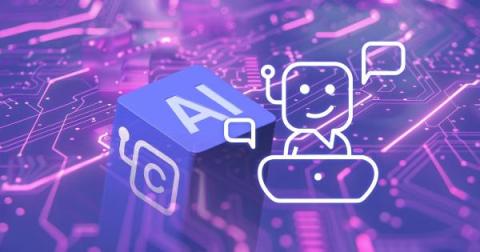Data Accessibility: A Hurdle Before SAP's AI Integration
Unlocking the power of AI within SAP for your team requires overcoming a significant hurdle: data accessibility. SAP data’s complexity, spread across various modules, creates silos of information that your team might struggle to understand and utilize effectively. Inaccessible or misaligned SAP data will hinder your AI system’s ability to learn and deliver valuable results specific to your organization.











